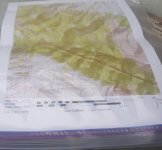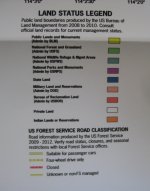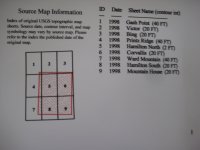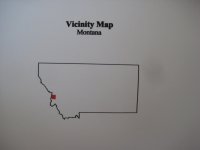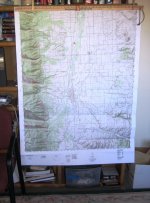...In mountains the sky can be obscured and your GPS can be rendered ineffective FYI, I still however use one as my primary Nav tool.
RGR
Unless in a cave, no.
Sure, more satellites will be not in view at all times, and orbits do mean they move around, so there can be issues, but unless you are in a deep and narrow canyon, you should always get position, even if lower precision.
For those that don't know (and a lot do not!), it is worth knowing how to read the GPS screens:
The diagram is a sky-oriented map. As used by astronomers. The outer ring is the geoid horizon, say if on the ocean. Center is straight up, etc. In the mountains you can orient this, look around and pretty quickly get a guess about how well things receive or if something is likely out of view, decide if you can move down the valley or up a little hill to get a better position.
Also note the useful in-view vs in-use values. In-view is a lie, and means "on the diagram," or "could be in view if you were on a parking lot hundreds of miles across. In-use means in use, but once all the signals are synched, means how many are in /actual/ view. Noticing which are locked after a bit helps determine if a sat can be added to your data by moving up. I have had them go from out of sight to lock by raising the unit over my head.
(Also, most receivers are not GPS but multi-band GNSS. Those are both GLONASS and GPS satellites on that image.)
Also this:
Somewhere it will give you the accuracy rating. Upper right, here. That's an actual value. Basic GPS stuff is: time+lat/long/altitude/accuracy. Always. Accuracy is the radius of an R68 circle, meaning you have a 68% chance of being inside the circle (there's no such thing as R100, due to probability, so they had to pick a number).
There is also
geometric dilution of position. If the satellites are all clustered up, the angle between each is too small so it's harder to get an accurate fix.
I can go on about this for days







